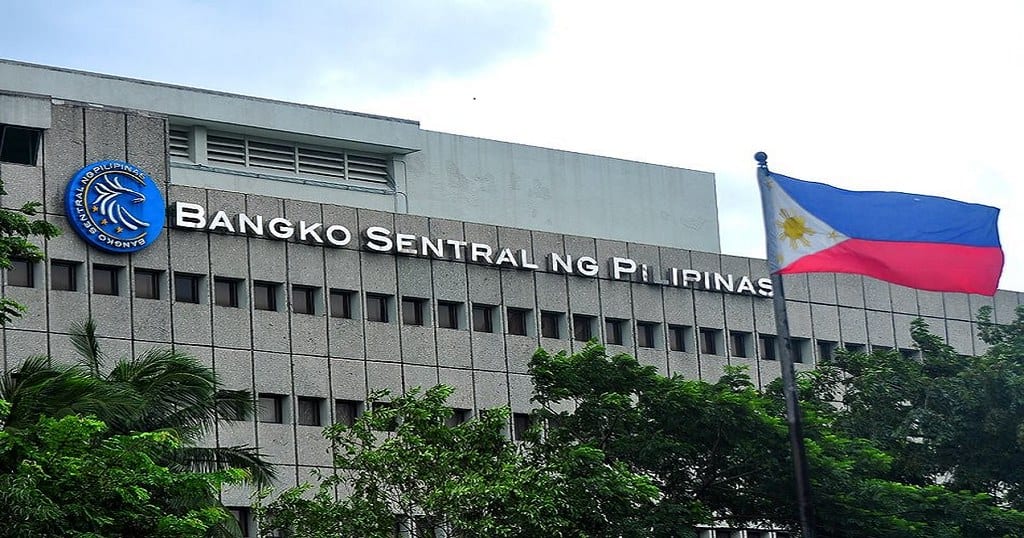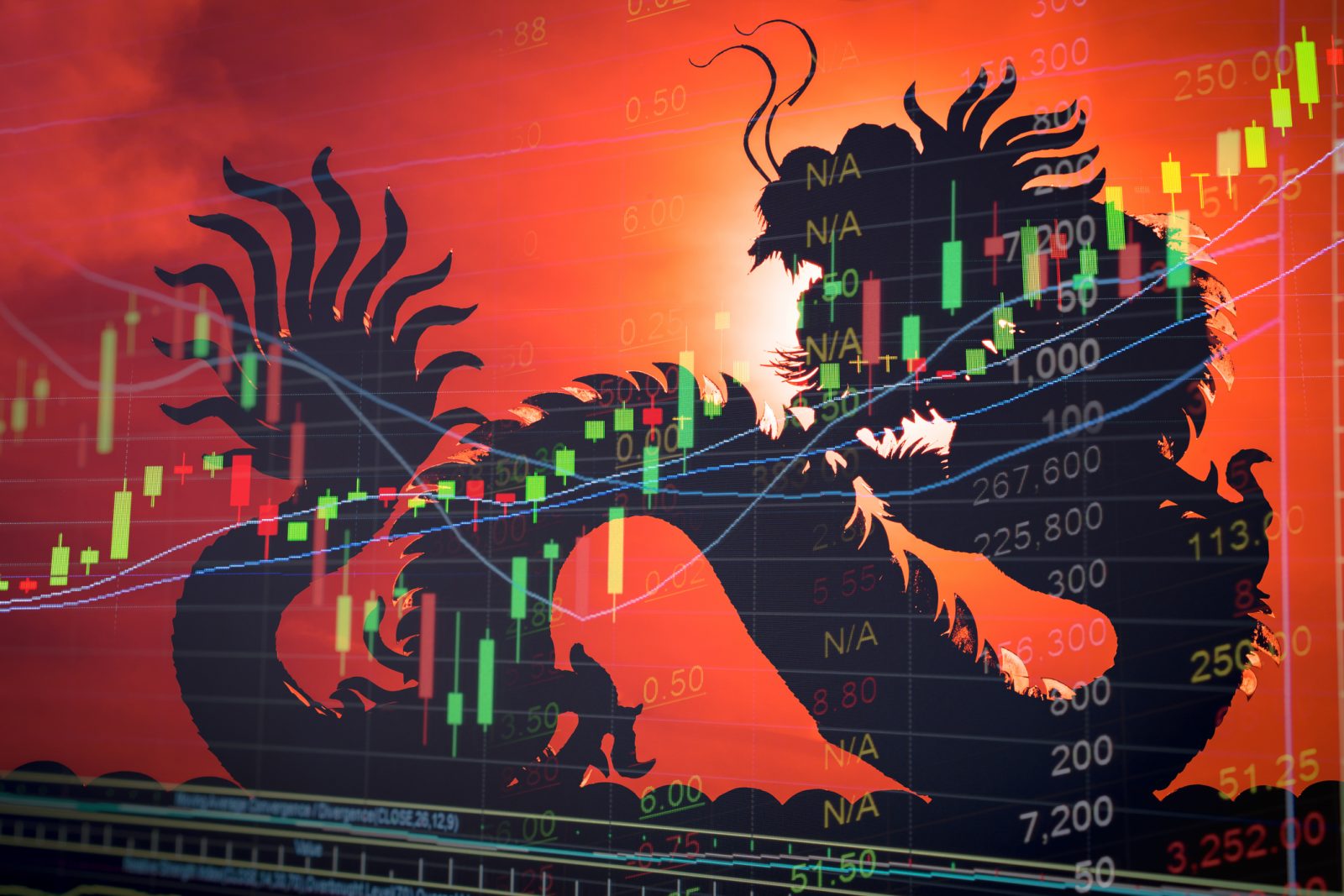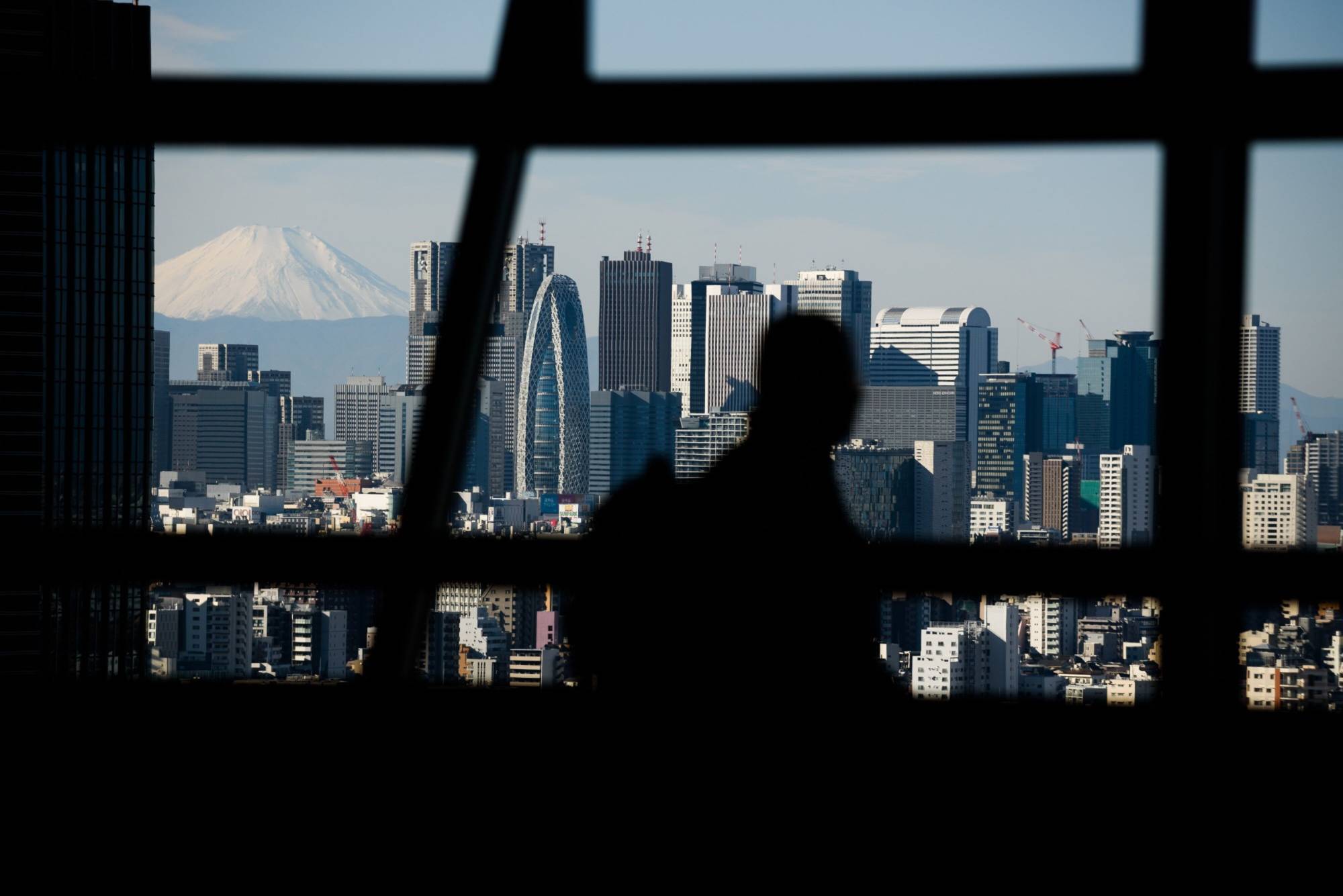Alright folks, buckle up, because the Bangko Sentral ng Pilipinas (BSP) just threw a curveball – a good one – at the market. They’ve dramatically lowered their inflation forecasts, signaling a potential sea change in the Philippine economic landscape. Let’s break it down.

The BSP now expects inflation to clock in at a mere 2.3% in 2025, down from a previously pessimistic 3.5%. And the good news doesn’t stop there; for 2026, they’re projecting 3.3%, a significant dip from the earlier 3.7%. This isn’t just number-crunching; it’s a powerful signal that the BSP believes its aggressive tightening policies are finally gaining traction.
But what does this actually mean? For the average Filipino, it means a breather – potentially lower prices at the grocery store, less pressure on household budgets, and a glimmer of hope for real wage growth. For investors, it hints at the possibility of rate cuts down the line, which could boost asset prices.
Now, let’s dive a little deeper. Understanding inflation is crucial. It’s the rate at which the general level of prices for goods and services is rising, and consequently, the purchasing power of currency is falling.
Central banks like the BSP use various tools, primarily interest rate adjustments, to manage inflation. Raising rates makes borrowing more expensive, cooling down demand and, in theory, curbing price increases.
Lowering inflation forecasts is a clear indication of economic success, but it’s vital to avoid complacency. External factors, like global oil prices and geopolitical events, can rapidly shift the dynamics. This is a positive development, absolutely, but vigilance remains key. We’re not out of the woods yet, but we’re definitely heading in the right direction. Keep your eyes peeled – this story is far from over.






